Canara pearlspot - Etroplus canarensis
Scientific name: Etroplus canarensis
Common name: Canara pearlspot
Family: Cichlidae
Usual size in fish tanks: 10 - 13 cm (3.94 - 5.12 inch)
014
Recommended pH range: 6.6 - 7.3
Recommended water hardness: 6 - 15°N (107.14 - 267.86ppm)
0°C 32°F30°C 86°F
Recommended temperature range: 22 - 26 °C (71.6 - 78.8°F)
The way how these fish reproduce: Spawning
Where the species comes from: South Asia
Temperament to its own species: peaceful
Temperament toward other fish species: peaceful
Usual place in the tank: Middle levels
Food and Feeding
Canara Pearlspots (Etroplus canarensis) are shy feeders, which makes them unsuitable for tanks with highly competitive or aggressive species. They thrive on a varied diet of small live and frozen foods, including brine shrimp, bloodworms, and daphnia. They may struggle to accept commercial flake foods, so high-quality sinking pellets or gel-based foods should be introduced gradually.
For a balanced diet, supplement their food with vegetable matter, such as blanched spinach, spirulina flakes, or zucchini slices. Feeding should be done in a calm environment, ensuring that all individuals receive enough food.
Origin
The Canara Pearlspot is endemic to South West India, specifically found in the fast-flowing streams and rivers of South Canara. These habitats feature clear, well-oxygenated water with rocky substrates and submerged driftwood, providing ample hiding places for this peaceful, yet reclusive species.
Sexing
Distinguishing between male and female Canara Pearlspots is difficult due to the lack of obvious sexual dimorphism. However, during the breeding season, females may appear plumper when carrying eggs, and dominant males may develop slightly more vibrant coloration.
Breeding
As of yet, there are no documented cases of Canara Pearlspots breeding in home aquariums. However, in the wild, they exhibit substrate spawning behavior, laying their eggs on flat rocks or stones. Both parents take an active role in guarding and raising their fry, making them excellent caregivers.
It is believed that the fry feed on mucus secreted by the parents, similar to how Discus fish care for their young. If successful breeding were to occur in captivity, it would likely require high water quality, proper diet, and a stress-free environment.
Lifespan
With proper care, Etroplus canarensis has an estimated lifespan of 5-8 years, although optimal conditions could extend this.
Tank Setup and Behavior
The Canara Pearlspot is a peaceful species that requires a specialized aquarium setup to mimic its natural habitat. To ensure their well-being:
- Use a high-filtration system to maintain crystal-clear, well-oxygenated water.
- Provide gentle to moderate water flow, replicating their natural riverine environment.
- Use rocks, driftwood, and caves to create ample hiding places.
- Maintain a fine gravel or sandy substrate for a more natural feel.
- Keep them in species-only tanks or with similarly peaceful fish to prevent stress.
Tank Mates
Due to their shy and reclusive nature, Canara Pearlspots are best kept in species-specific tanks. However, they can coexist with other peaceful, slow-moving species that thrive in similar water conditions.
Recommended tank mates:
- Pearl Gourami – Peaceful, slow-moving surface dwellers.
- Otocinclus Catfish – Algae eaters that help keep the tank clean.
- Sterbai Corydoras – Bottom dwellers that coexist well.
- Harlequin Rasboras – Small, non-aggressive schooling fish.
Tank mates to avoid:
- Oscars – Large and aggressive.
- Green Terrors – Likely to intimidate or stress Canara Pearlspots.
- Convict Cichlids – Too territorial.
Recommended Plants
Canara Pearlspots thrive in planted aquariums, where vegetation provides natural shelter, reduces stress, and maintains water quality. As they prefer well-oxygenated water with moderate flow, it is best to choose hardy plants that can withstand water currents and do not require CO₂ injection.
- Java Fern – A low-maintenance plant that attaches well to driftwood and rocks. It thrives in low to moderate light and does not require substrate planting, making it ideal for aquariums with fine gravel or sand.
- Anubias – A resilient, slow-growing plant that requires minimal care. It does best when attached to driftwood or stones, as burying its rhizome in the substrate can lead to rot. Its thick, broad leaves provide excellent cover for shy fish like Canara Pearlspots.
- Cryptocoryne Wendtii – A hardy, adaptable plant that thrives in lower light conditions. It is ideal for creating lush foreground and midground cover, offering natural hiding spots. Cryptocorynes are root feeders, so they benefit from nutrient-rich substrate.
- Java Moss – A versatile, fast-growing moss that can be attached to driftwood, rocks, or left floating. It provides excellent cover for fry, reduces stress in shy species, and improves water quality by absorbing excess nutrients.
- Hygrophila Corymbosa – A tall background plant with broad, lush leaves that tolerates various water parameters. It helps oxygenate the water, making it a great addition for species that prefer well-oxygenated environments.
- Vallisneria – A grass-like plant that grows quickly and provides dense cover. Its long, flowing leaves help mimic river environments, making it a perfect plant for Canara Pearlspots.
- Salvinia Natans– A floating plant that provides shade, reducing light intensity in the tank. This helps replicate the dappled lighting conditions of their natural habitat and creates a calming environment for the fish.
When setting up a planted tank for Canara Pearlspots, ensure good water circulation while avoiding plants that require CO₂ supplementation. Hardy plants that tolerate moderate flow and do not require excessive trimming are ideal.
Short Description
Etroplus canarensis, commonly known as the Canara Pearlspot, is a rare and peaceful species found in the clear rivers of South Canara, India. Due to their shy nature and difficulty competing for food, they require species-specific or carefully planned community tanks. They thrive in well-oxygenated water with moderate flow, hiding spots, and a natural aquascape. Though breeding in captivity is unreported, they are known for strong parental care in the wild, making them a fascinating addition to a well-maintained aquarium.
Pictures
Bought by aqua-fish.net from jjphoto.dk.
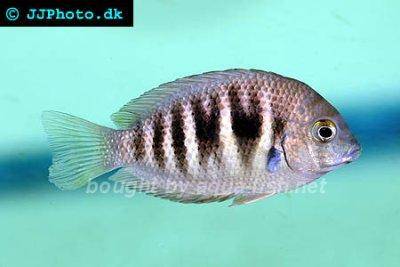



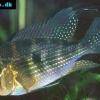 Thread-finned
Thread-finned 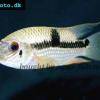 Acara
Acara 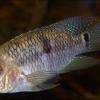 Yellow
Yellow 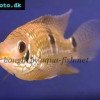 Patrick's
Patrick's 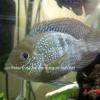 Blue
Blue 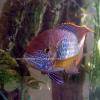 Green
Green 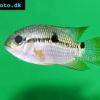 Acara
Acara 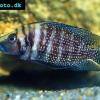 White
White 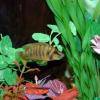 Compressed
Compressed 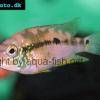 Pastel
Pastel 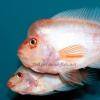 Midas
Midas 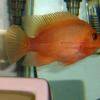 Red
Red 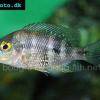 Bluemouth
Bluemouth 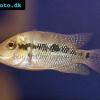 False
False 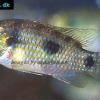 African
African 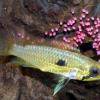 Agassiz's
Agassiz's 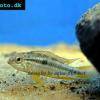 Banded
Banded 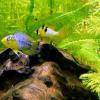 Yellow
Yellow 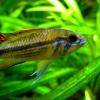 Cockatoo
Cockatoo 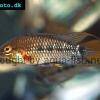 Blue
Blue 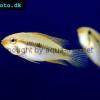 Blackstripe
Blackstripe 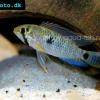 Highfin
Highfin 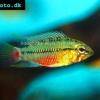 Redstripe
Redstripe 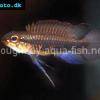 Threadfinned
Threadfinned 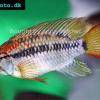 Macmaster’s
Macmaster’s 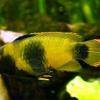 Panda
Panda 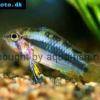 Norbert’s
Norbert’s 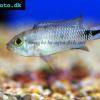 Blue
Blue 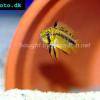 Thin-line
Thin-line 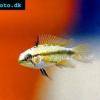 Three-striped
Three-striped 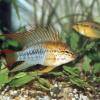 Viejita
Viejita 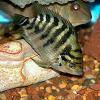 Flier
Flier 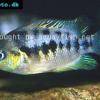 Archocentrus
Archocentrus 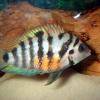 Convict
Convict 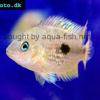 Seven
Seven 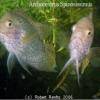 Spiny
Spiny 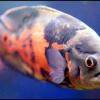 Oscar
Oscar 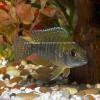 Sunshine
Sunshine 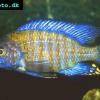 Chitande
Chitande 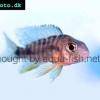 Firebird
Firebird 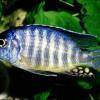 Midnight
Midnight 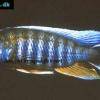 Lake
Lake 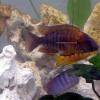 Sunshine
Sunshine 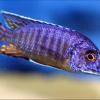 Aulonocara
Aulonocara 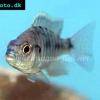 Nyasa
Nyasa 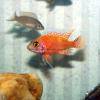 Ruby
Ruby 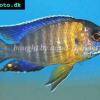 Grants
Grants 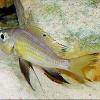 Aulonocranus
Aulonocranus 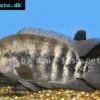 Chameleon
Chameleon 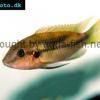 Benitochromis
Benitochromis 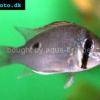 Orinoco
Orinoco 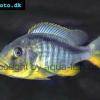 Yellow
Yellow 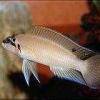 Brichard’s
Brichard’s 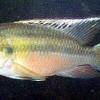 Guenther’s
Guenther’s 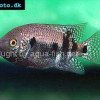 Southern
Southern 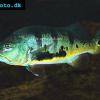 Cichla
Cichla 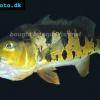 Peacock
Peacock 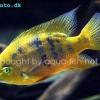 Chiseltooth
Chiseltooth 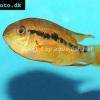 Bolivian
Bolivian 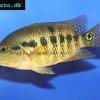 Red
Red 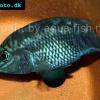 Many-pointed
Many-pointed 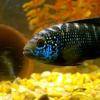 Jack
Jack 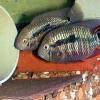 Red
Red 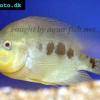 Three
Three 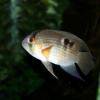 Keyhole
Keyhole 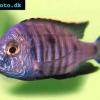 Azureus
Azureus 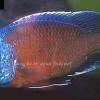 Red
Red 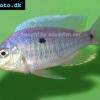 Jackson’s
Jackson’s 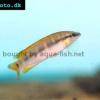 Crenicichla
Crenicichla 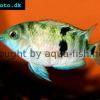 Honduran
Honduran 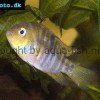 Blue-eye
Blue-eye 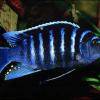 Afra
Afra 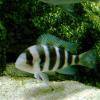 Frontosa
Frontosa 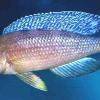 Slender
Slender 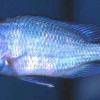 Malawi
Malawi 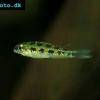 Chequerboard
Chequerboard 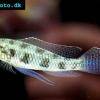 Checkerboard
Checkerboard 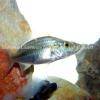 Malawi
Malawi 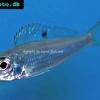 Ectodus
Ectodus 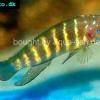 Tanganyika
Tanganyika 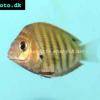 Green
Green 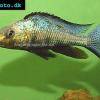 Rostratus
Rostratus 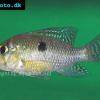 Pearl
Pearl 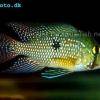 Geophagus
Geophagus 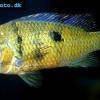 Yellowhump
Yellowhump 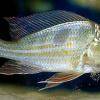 Suriname
Suriname 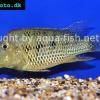 Redhump
Redhump 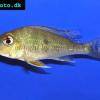 Red
Red 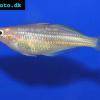 Dority’s
Dority’s 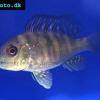 Argentine
Argentine 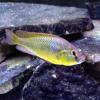 Burton’s
Burton’s 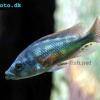 Victoria
Victoria 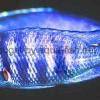 Haplochromis
Haplochromis 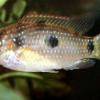 Jewel
Jewel 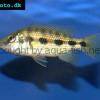 Banded
Banded 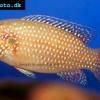 Lifalili
Lifalili 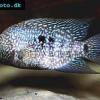 Lowland
Lowland 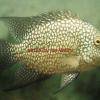 Texas
Texas 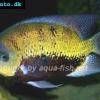 Pantano
Pantano 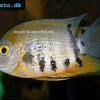 Severum
Severum 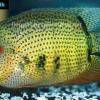 Banded
Banded 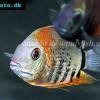 Severum
Severum 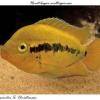 Rainbow
Rainbow 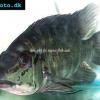 Parrot
Parrot 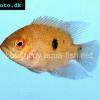 Chocolate
Chocolate 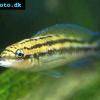 Brown
Brown 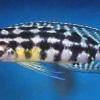 Marlieri
Marlieri 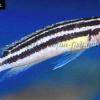 Golden
Golden 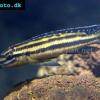 Striped
Striped 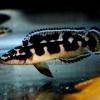 Masked
Masked 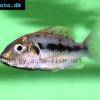 Konye
Konye 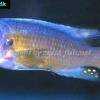 Blue
Blue 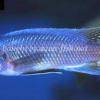 Trewavas
Trewavas 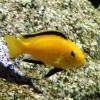 Electric
Electric 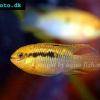 Dwarf
Dwarf 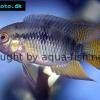 Redbreast
Redbreast 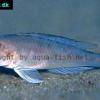 Lamprologus
Lamprologus 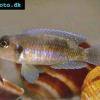 Gold
Gold 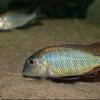 Greenface
Greenface 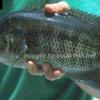 Mayan
Mayan 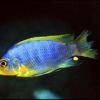 Aurora
Aurora 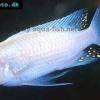 Blue
Blue 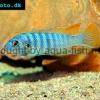 William’s
William’s 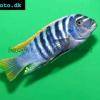 Zebra
Zebra 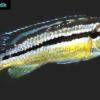 Malawi
Malawi 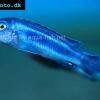 Blue
Blue 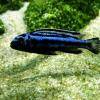 Blue
Blue 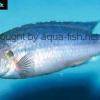 Mbuna
Mbuna 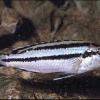 Parallel
Parallel 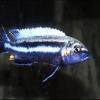 Purple
Purple 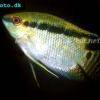 Flag
Flag 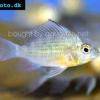 Bolivian
Bolivian 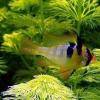 Ram
Ram 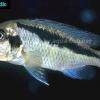 Basket
Basket 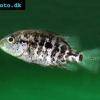 Haitian
Haitian 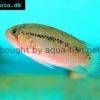 Zebra
Zebra 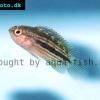 Striped
Striped 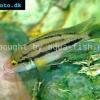 Neolamprologus
Neolamprologus 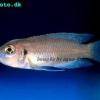 Brevis
Brevis 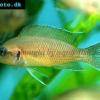 Fairy
Fairy 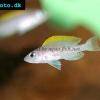 Neolamprologus
Neolamprologus 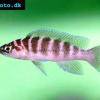 Cylindricus
Cylindricus 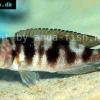 Hecq’s
Hecq’s 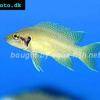 Neolamprologus
Neolamprologus 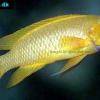 Lemon
Lemon 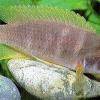 Mustax
Mustax 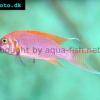 Daffodil
Daffodil 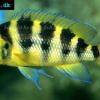 Six-bar
Six-bar 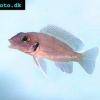 Five-bar
Five-bar 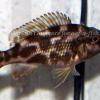 Marbled
Marbled 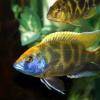 Giraffe
Giraffe 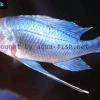 Blue
Blue 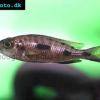 Sulphurhead
Sulphurhead 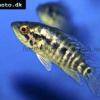 Wolf
Wolf 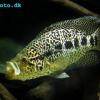 Jaguar
Jaguar 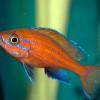 Blue
Blue 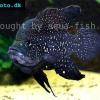 Marakeli
Marakeli 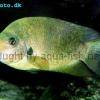 Madagascar
Madagascar 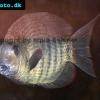 Pinstripe
Pinstripe 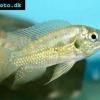 Pelmatochromis
Pelmatochromis 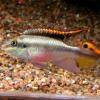 Kribensis
Kribensis 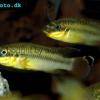 Striped
Striped 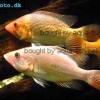 Red
Red 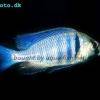 Deepwater
Deepwater 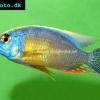 Fenestratus
Fenestratus 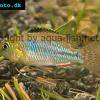 Nichols’
Nichols’ 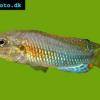 Southern
Southern 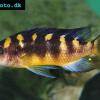 Bumble
Bumble 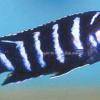 Demason’s
Demason’s 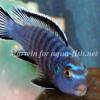 Slender
Slender 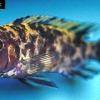 Red
Red 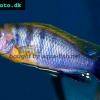 Mbuna
Mbuna 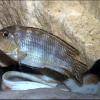 Malawi
Malawi 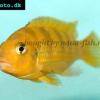 Kenyi
Kenyi 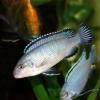 Powder
Powder 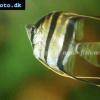 Altum
Altum 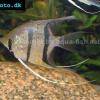 Angelfish
Angelfish 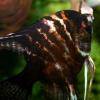 Angelfish
Angelfish 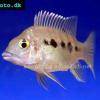 East
East 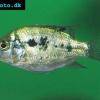 Juba
Juba 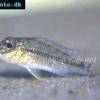 Earth
Earth 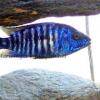 Electric
Electric 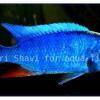 Azure
Azure 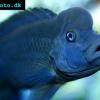 Lionhead
Lionhead 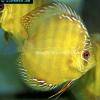 Discus
Discus 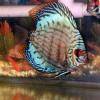 Blue
Blue 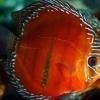 Red
Red 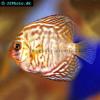 Zebra
Zebra 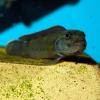 Brichard’s
Brichard’s 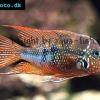 Blue
Blue 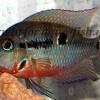 Firemouth
Firemouth 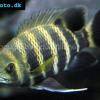 Zebra
Zebra 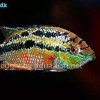 Yellow
Yellow 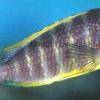 Blue
Blue 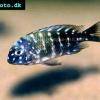 Dwarf
Dwarf  Blunthead
Blunthead 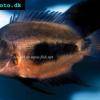 The
The 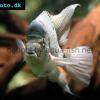 White
White 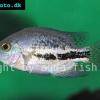 Twoband
Twoband 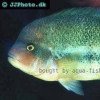 Fenestratus
Fenestratus 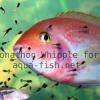 Window
Window 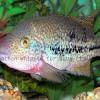 Tailbar
Tailbar 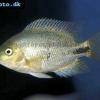 Black
Black 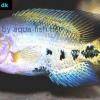 Redhead
Redhead 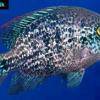 Oaxaca
Oaxaca 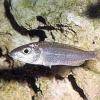 Xenotilapia
Xenotilapia